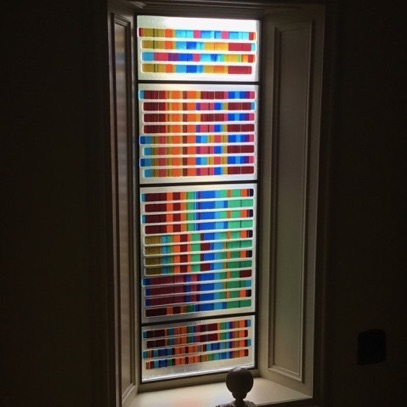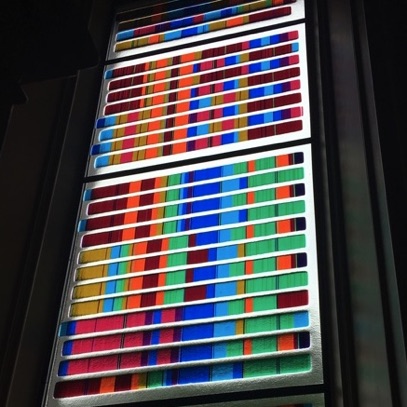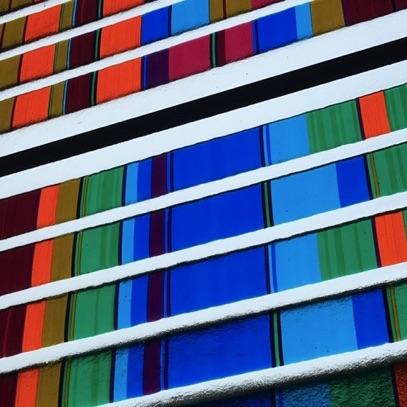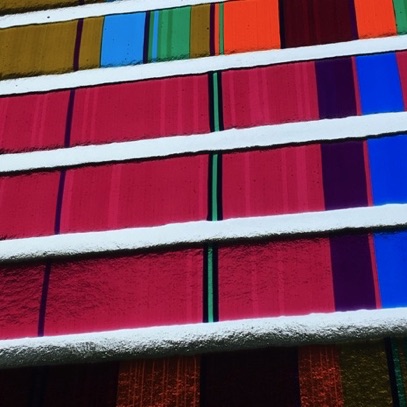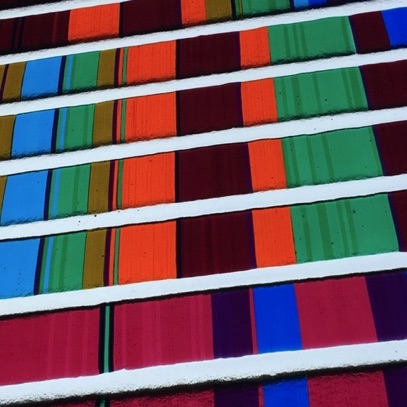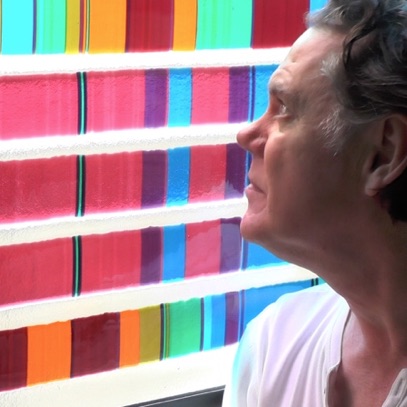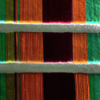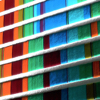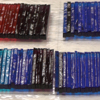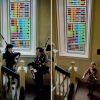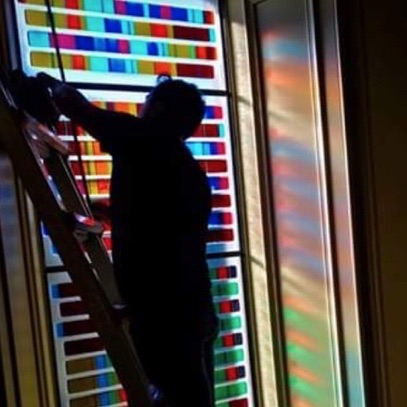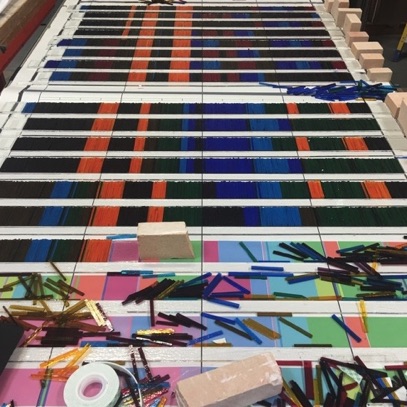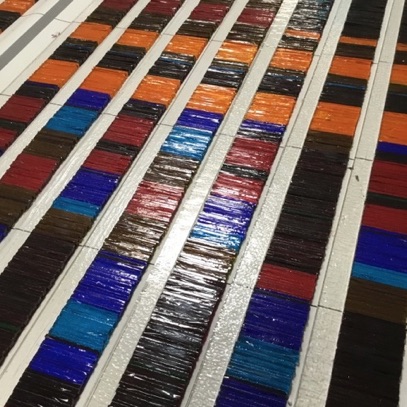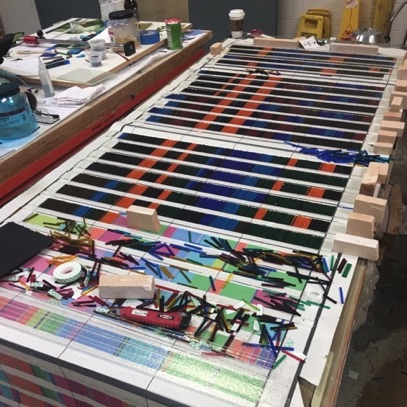WWW.GLASSPAINTER.COM
-ARCHITECTURAL GLASS ARTIST
The Piping Window - Latheron House
A totally unique and original concept. Four bagpipe tunes turned into glass.
This window is the first large scale manifestation of a unique concept transforming written music notation into colour. In this case, the music is four bagpipe tunes. The window is located in a beautiful old house in Caithness, Scotland.
Latheron House
Material - Bullseye Glass
Technique - Glass Fusing
Dimensions - 3 x 0.9Mts
Music - Glass
This is a video about my time at Bullseye Glass in Portland and the experiments I undertook there to be able to create this window.
This is a video about my time at Bullseye Glass in Portland and the experiments I undertook there to be able to create this window.
Latheron House
I have created a system whereby each key on a piano has a colour and tone. There are 12 notes in a piano, the other notes are either higher or lower octaves, more bass or more treble of the same notes. Therefore, I have given each note a colour based in a relationship between the hertz frequencies of modern tuning in music and the terahertz frequencies of the colours of light. This seems completely appropriate especially to glass as it is light padding through the glass that we see.
The transformation of musical notation into colour puts me as the artist into the position of a musician staring at the notes on a sheet of paper. Whereas a pianist or other musician plays the notes, I place them together to make a pattern. I can decide how many bars there are represented on a line, but the colour result using the system is inevitable.
The music of the bagpipe consists if nine notes.
There is a low G, low A, B, C, D, E, F, G and A. Both the C and the F are sharp.
The unique and special quality of illustrating the music of the bagpipe is the addition of grace notes. These are small notes played to create intonation and give the visual representation a richer and more interesting quality.
The first piece of bagpipe music I looked at was “ The Flowers of the Forest” and as I transcribed this directly from the notation a very clear and interesting structure emerged visually. The notation was written 4 bars to a line. Had the music been written differently, I probably wouldn’t have been aware of the structure.
The window is made of Bullseye Glass. A glass conceived from the beginning to be able to fuse together, melt together. Most other glasses cannot be so readily fused and will break apart on cooling. The use of Bullseye Glass enabled this combination if colours to be fused together to create permanent sheets that have been installed here.
The transformation of musical notation into colour puts me as the artist into the position of a musician staring at the notes on a sheet of paper. Whereas a pianist or other musician plays the notes, I place them together to make a pattern. I can decide how many bars there are represented on a line, but the colour result using the system is inevitable.
The music of the bagpipe consists if nine notes.
There is a low G, low A, B, C, D, E, F, G and A. Both the C and the F are sharp.
The unique and special quality of illustrating the music of the bagpipe is the addition of grace notes. These are small notes played to create intonation and give the visual representation a richer and more interesting quality.
The first piece of bagpipe music I looked at was “ The Flowers of the Forest” and as I transcribed this directly from the notation a very clear and interesting structure emerged visually. The notation was written 4 bars to a line. Had the music been written differently, I probably wouldn’t have been aware of the structure.
The window is made of Bullseye Glass. A glass conceived from the beginning to be able to fuse together, melt together. Most other glasses cannot be so readily fused and will break apart on cooling. The use of Bullseye Glass enabled this combination if colours to be fused together to create permanent sheets that have been installed here.




